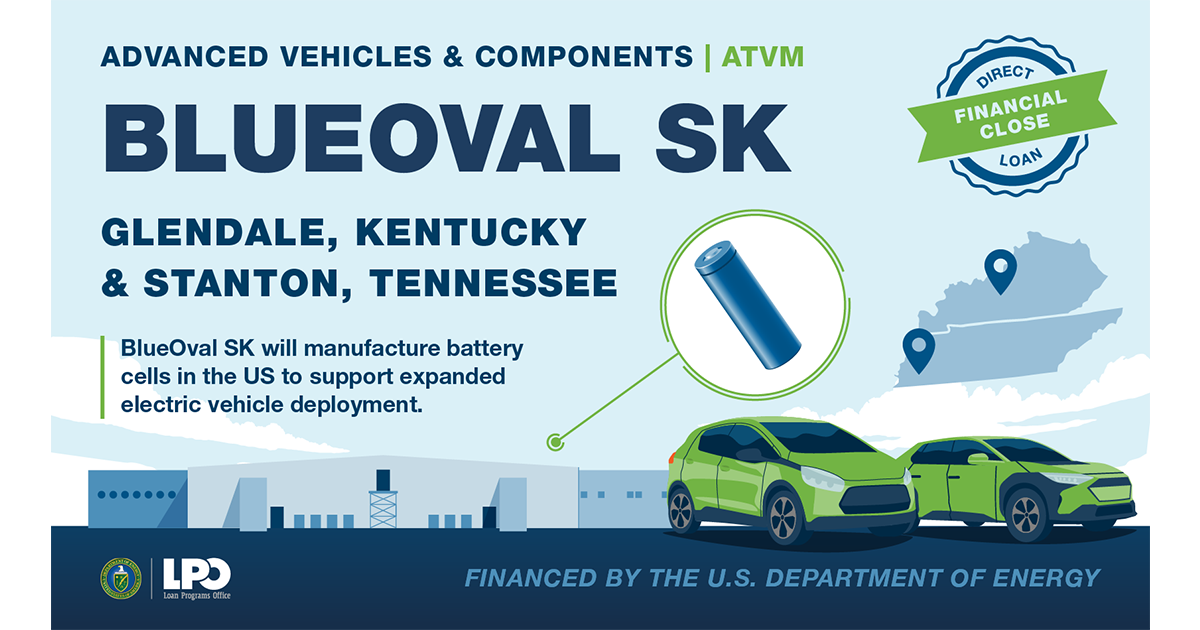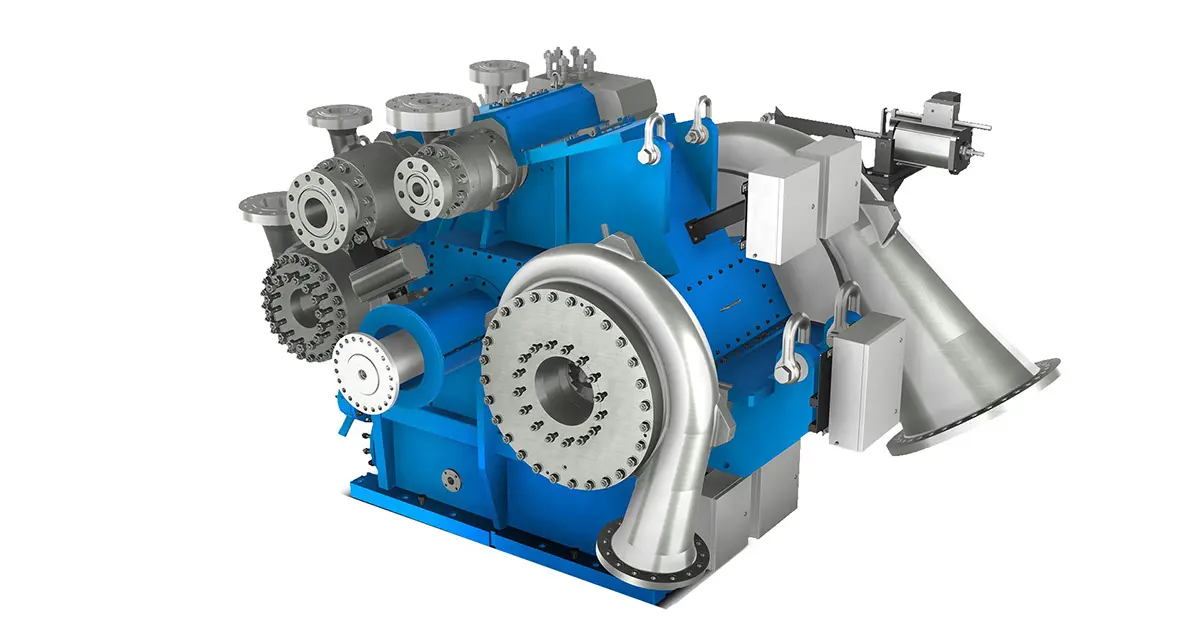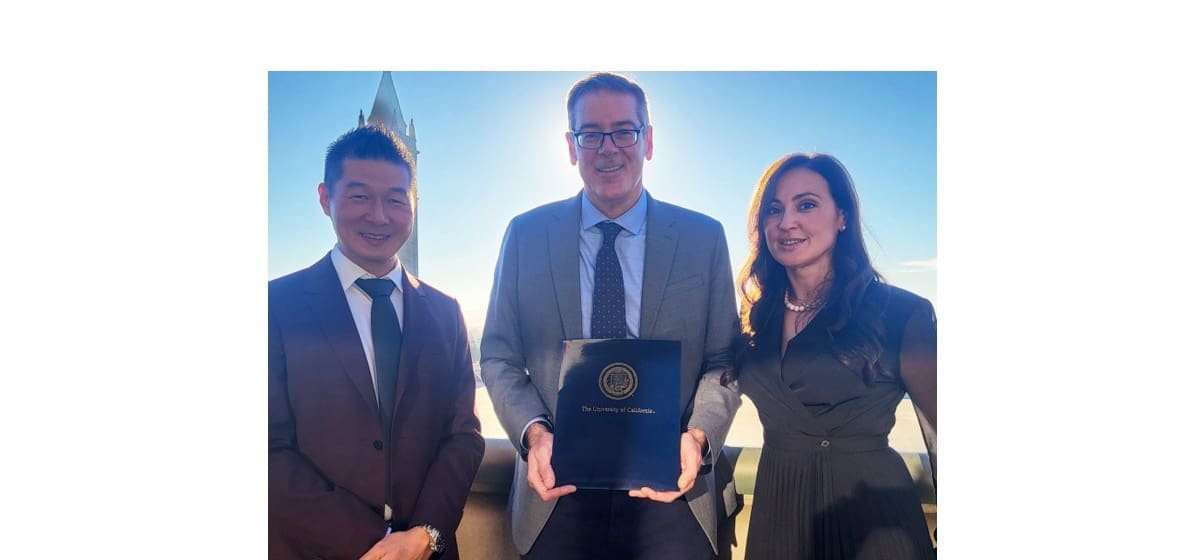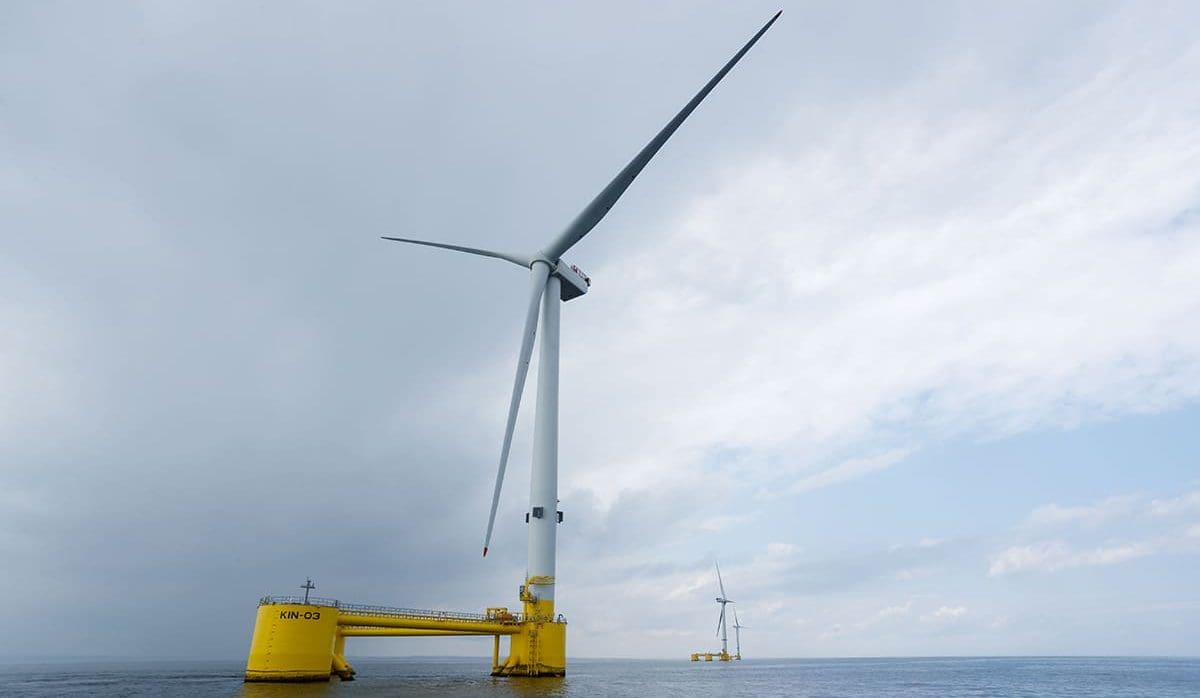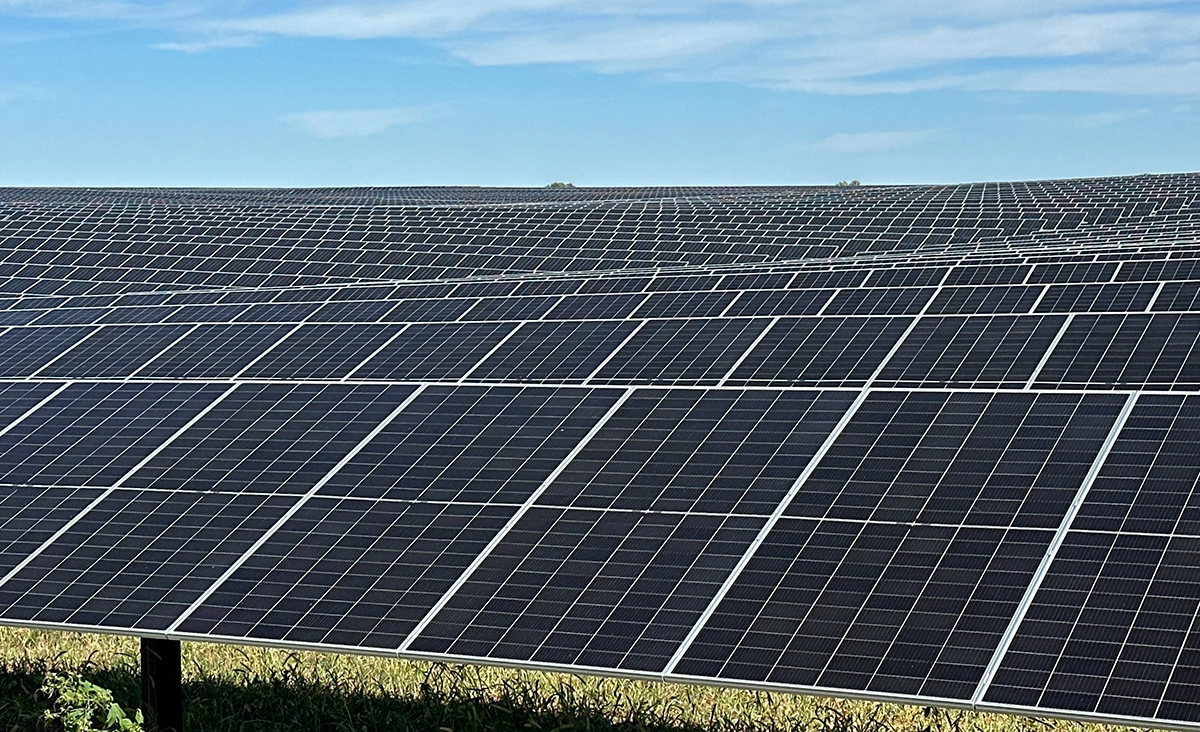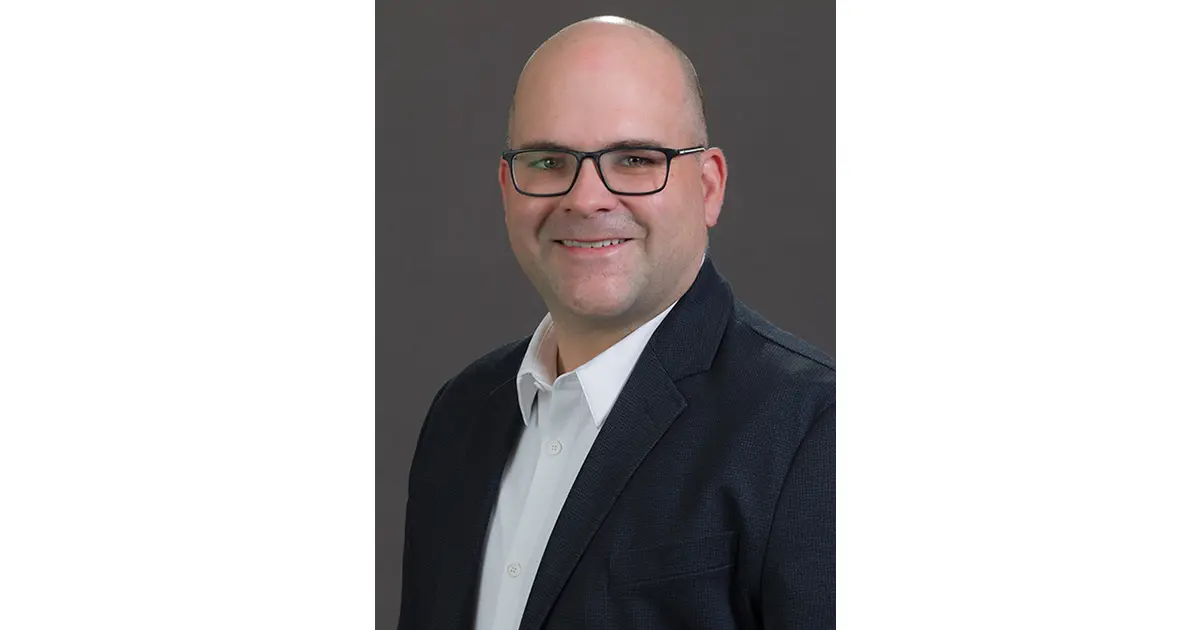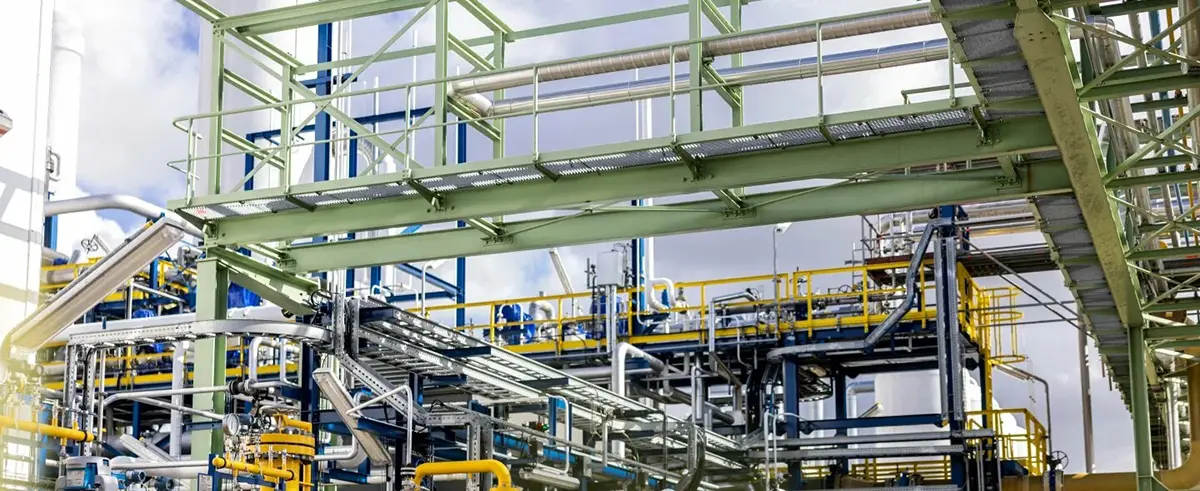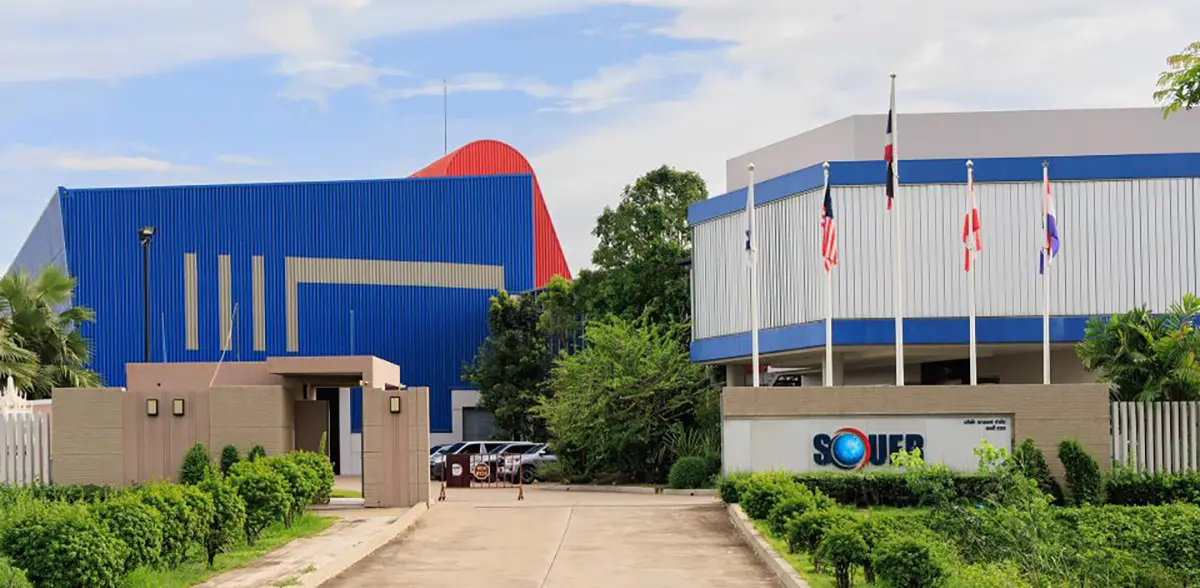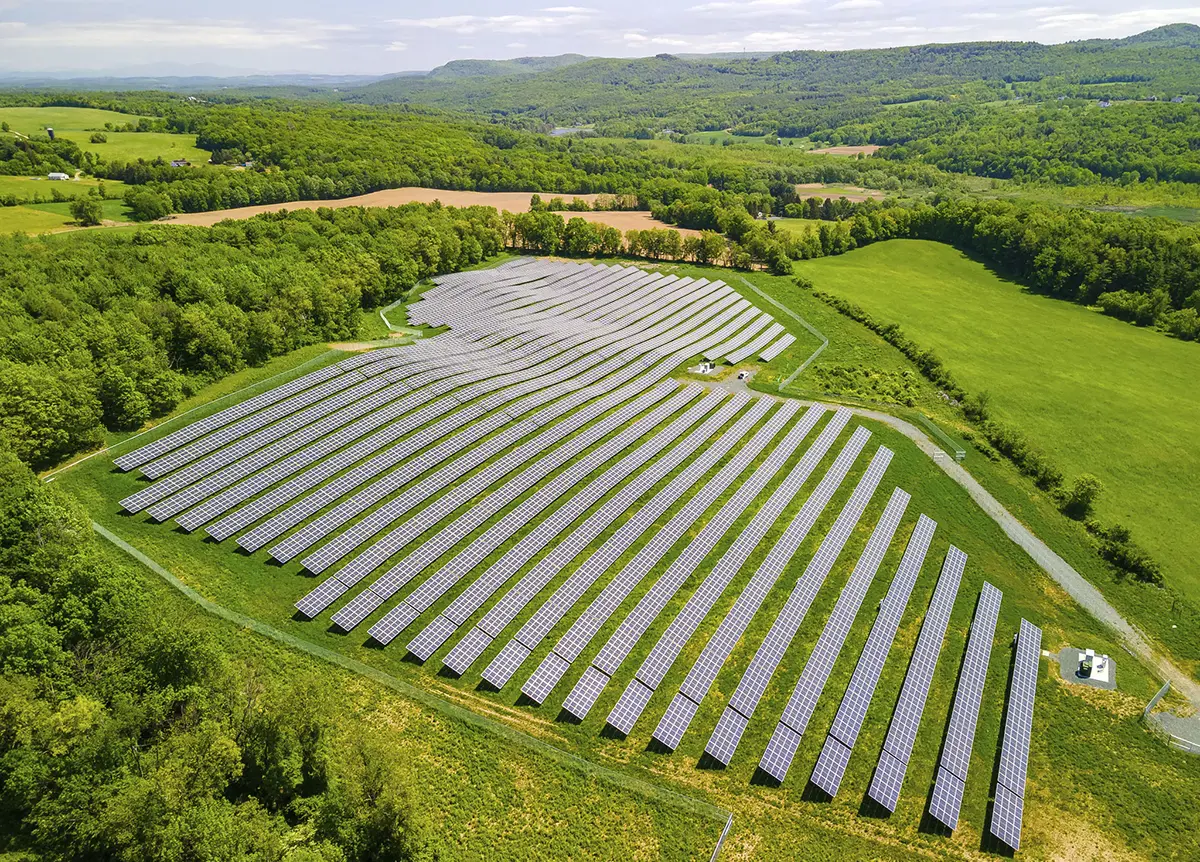
An Unexpected Consortium
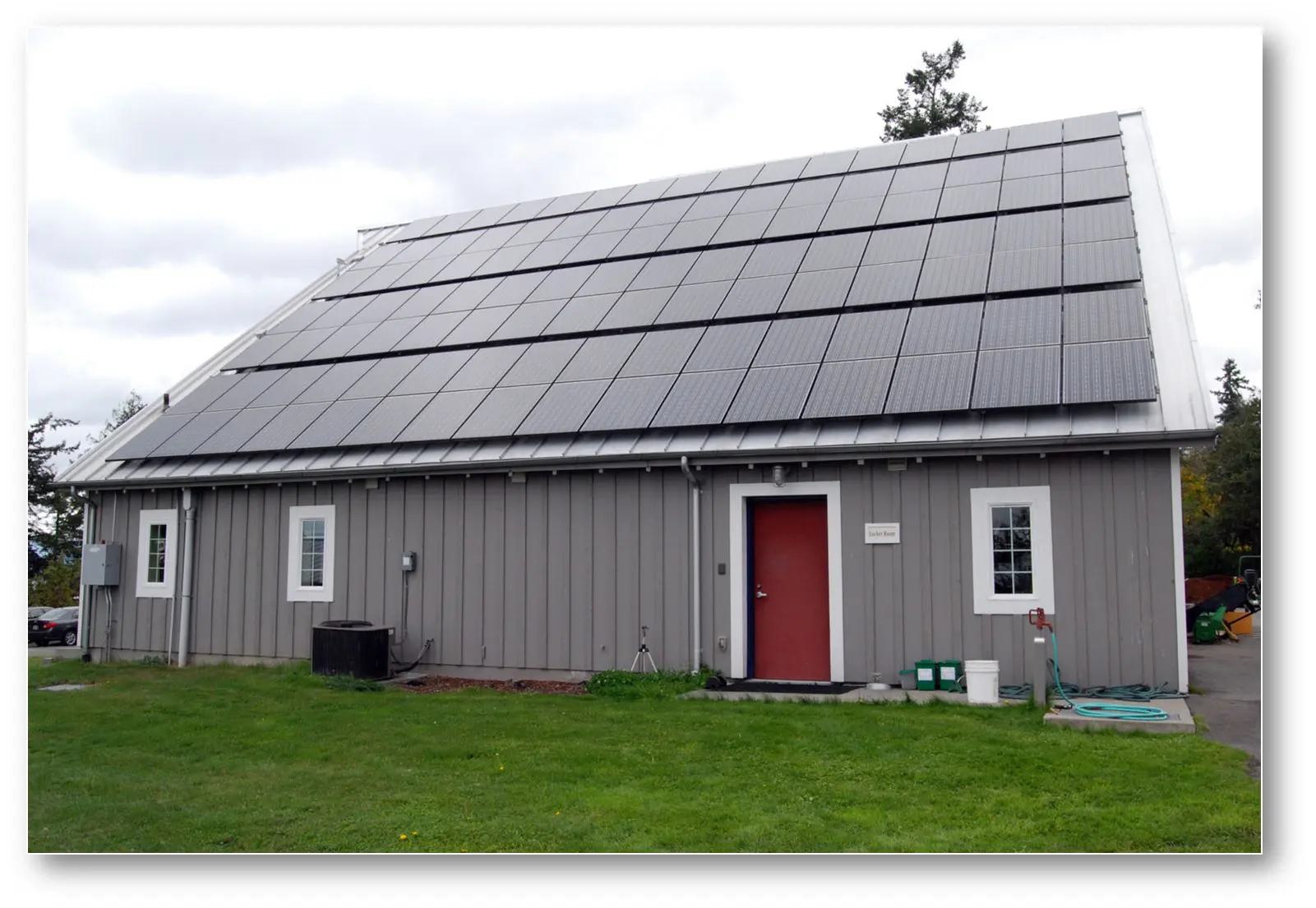
BP, other oil companies, native American tribes, and environmentalists have come together in support of Washington state’s new Climate Commitment Act (CCA). The cap-and-invest bill was signed into law in May 2021. The passing makes Washington the second state, behind California, to place a binding, declining emissions limit across all major sectors of its economy and translate its climate goals into a policy framework. The CCA slashes greenhouse gas (GHG) emissions at the pace and scale necessary to meet the urgency of the climate crisis, and it provides new tools to address local air pollution in overburdened communities. It also complements and supercharges Washington state’s existing climate policies in the power sector, buildings, transportation, and more.

It wasn’t long ago that BP and its peers were lobbying against climate policy, not for it. However, the onset of long-term carbon reduction goals, including a target for BP and other companies to be carbon-neutral by 2050, has changed the stance for many oil and gas companies. BP specifically came on board to support the bill because it pertains to the economy as a whole, not just the energy industry. “If you’re not adapting to the new market, the low-carbon market that the Paris Accords are working toward, everyone’s working toward, your business is not going to be successful,” said BP CEO Tom Wolf. “We are transforming from an international oil and gas company to an integrated energy company. We’re doing that because it’s good for business, it’s good for investors, it’s good for our board, it’s good for our employees, and it’s also good for the environment.”
Effective Date
The program will go into effect on January 1, 2023. On that date, the cap-and-invest program will cover industrial facilities, certain fuel suppliers, in-state electricity generators, electricity importers, and natural gas distributors with annual GHG emissions above 25,000 metric tons of carbon dioxide (CO2) equivalent.
On January 1, 2027, the program plans to add waste-to-energy facilities.
On January 1, 2031, the program plans to add certain landfills and railroad companies.
How The Program Works
By putting a limit on pollution, the CCA ensures emissions decline over time. In addition to existing policies designed to deploy clean technology, a price is used to help meet the limit, driving down reductions first where they are the lowest cost and enabling higher ambition. The revenue raised from the program will be put back into Washington communities through investments in climate resilience, healthier air quality, and clean energy jobs.

To ensure that emissions are cut in line with Washington’s 2030, 2040, and 2050 GHG reduction goals, the CCA puts an enforceable, declining limit on all major sources of GHG emissions across the state’s economy. The cap declines annually and is enforced through emissions permits, called allowances. Every polluting facility covered under the program needs to hold one allowance for every ton of GHG it emits. Each year, Washington’s Department of Ecology will create only as many allowances as the cap allows (one allowance per ton). Most of the allowances are auctioned off by the Department of Ecology to businesses that need them for compliance under the cap. This is where the carbon price is determined: the cost of purchasing an allowance at auction is set by the market. Utilities and some industries are given allowances directly to benefit ratepayers and to prevent businesses from moving across state borders to pollute unabated.
If a business fails to turn in sufficient allowances to the department for compliance, they are fined and required to turn in four allowances for each ton of GHG emissions. This makes their compliance obligation four times what it would otherwise be.
Pending a stringent review process, Washington has the ability to link its climate program with California and Quebec’s program or with other states in the future, which may lower compliance costs. The bill provides for regular program reviews to ensure that Washington is on track to reduce its emissions in line with its climate goals and has the opportunity to adjust the program as needed.
The CCA allows a small number of offsets (8% per regulated entity in the first compliance period) to help reduce pollution where onsite reductions are not feasible or too expensive. At least half of the offsets must come from activities that provide direct environmental benefits to Washington. Ecology must reduce the number of allowances it issues to make up for allowed offset usage.
Equity Innovations In The Climate Commitment Act
The CCA makes a number of important advances in addressing equity and local air quality.
To ensure that air pollution declines in overburdened communities, the Department of Ecology has to identify communities in Washington with high cumulative pollution burdens and engage with those communities to deploy air pollution monitors. Ecology must then set air quality targets that would improve air quality to eliminate disparities between overburdened communities and neighboring communities that are not overburdened and adopt new standards and regulations to meet those targets. This is a powerful innovation that advances new tools for mitigating local air pollution in the same policy framework designed to tackle global climate pollution — and reinforces a standard for advancing these dual priorities concurrently.

The CCA requires at least 35% of revenues raised from the program, with a goal of 40%, to provide direct and meaningful benefits to communities disproportionately burdened with environmental harms and health impacts. An additional 10% of the investments must also go to tribal projects and programs.
A standing environmental justice council will provide recommendations on program design and implementation, revenue investment, and any potential linkage with other states. The council will have representation from overburdened and tribal communities across the state, as well as union representatives and environmental justice experts.
Proposed Rulemaking Timeline
The State of Washington’s Department of Ecology will conduct three separate rulemakings to implement the CCA. The proposed timeline for these rulemakings is as follows:
| Rulemaking | Announce Rule | Propose Rule | Adopt Rule |
| Cap-And-Invest Program Rules (Chapter 173-446 WAC) |
August 2021 | Spring 2022 | Fall 2022 |
| Criteria For Emissions-Intensive Trade-Exposed Industries (Chapter 173-446A WAC) |
August 2021 | Winter 2021 | Summer 2022 |
| Reporting Emissions Of Greenhouse Gases (Chapter 173-441 WAC) |
July 7, 2021 | Fall 2021 | Early 2022 |

